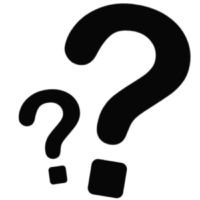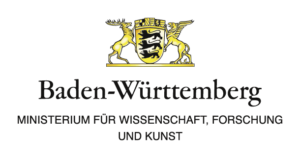Did people already drink tea in the Middle Ages or Iron Age?
Drinking tea, why did people do that is the first question. Tea can be used as a medicine or as an intoxicating means. Besides that it serves as a ceremony. „Herbal tea“ actually does not exist, seen from a professional tea point of view: something is a herbal infusion or it is tea; there is no middle way.
From the time, man could cook, there were kinds of herbal infusion, probably mainly for medicine purposes. Many medicinal herbs have (in limited dosis) an intoxicating effect, just like modern coffee and tea still have. Please remember that cafein in the form of coffee is seen as doping by the IOC, reason for the famous Dutch Jan Timman to refrain from playing the Dutch Chess Championship for many years as the Dutch national Chess Union (KNSB) uses the IOC doping rules.
The ‚reading‘ of tea leaves was known by the Romans (Pliny the Older), which does not mean, they drank tea as well. Alexander the Great brought tea along from India, possibly in the shape of tea tablets as they were imported in the 18th-19th century at immense scale to the London Tea Exchange.
There are clues as to that at the Court of Charlemagne, tea was consumed.
Archaeological traces in a pot, glass or kettle do exist, but every time it remains uncertain as to what the drink was used for an din what quantities. Any pot with herbs can be regarded as tea pot but that does not make it one. If you check the stomach contents of bog bodies you will notice a lot of traces of herbes; again it is unclear if this is a means for intoxication, a medicine or otherwise.
This question was answered by:
Mattijs van Nie, Prehistorisch Dorp (NL)
Dronken ze al thee in de Middeleeuwen en ijzertijd?
Thee drinken, waarom deden mensen dat is de eerste vraag. Thee kan medicinaal gedronken worden of als genotsmiddel. Daarnaast dient het als ceremonie. Kruidenthee bestaat vanuit ‚theekundig‘ opzicht dan ook niet: iets is een kruidenaftreksel of het is thee; een tussenweg is er niet.
Vanaf het moment dat de mens in staat was te koken waren er soorten kruidenaftreksel, waarschijnlijk vooral medicinaal bedoeld. Veel medicinale kruiden hebben (in beperkte doses) een roesgevende werking, net als moderne thee en koffie dat nog steeds hebben. Vergeet niet dat cafeïne ook in de vorm van koffie door het IOC als doping beschouwt wordt, reden voor Jan Timman zich jarenlang niet in de strijd om het Nederlands kampioenschap schaken te mengen aangezien de KNSB de IOC doping regels hanteert.
Het ‚lezen‘ van theebladeren was al bij de Romeinen bekend (Plinius de Oudere), wat niet wil zeggen dat ze het ook dronken. Alexander de Grote heeft thee uit India meegebracht, mogelijk in de vorm van theetabletten zoals die in de 18e/19e eeuw op immense schaal naar de Londense theeveiling vervoerd werden.
Er zijn aanwijzingen dat al aan het Hof van Karel de Grote thee gedronken werd.
Archeologische sporen van kruiden in een pot, glas of ketel zijn er wel, maar daarmee is nog niet duidelijk hoe de drank gebruikt werd en in welke hoeveelheden. Elke pot die sporen van kruiden bevat kan als theepot gezien worden maar daarmee is het er niet eentje. Als je de maaginhoud van veenlijken bekijkt, zie je ook sporen van kruiden; weer is niet duidelijk of het om een roesmiddel, een medicijn of anderszins gaat.
Deze vraag is beantwoord door:
Mattijs van Nie, Prehistorisch Dorp (NL)






